Importance of Situational Awareness on Vessels
In the vast expanse of the open sea, situational awareness is the cornerstone of safe and efficient navigation for commercial vessels. It is the vigilant understanding of one’s surroundings, critical for avoiding collisions, navigating through adverse conditions, and ensuring the overall safety of the vessel and its crew. In this blog post, we delve into the crucial role radar systems play in elevating situational awareness and the myriad benefits they offer to commercial vessels navigating the world’s waterways.
Functionality of Radar Systems
Radar systems operate on the principle of emitting radio waves and analyzing their reflections to create a comprehensive map of the vessel’s surroundings. This real-time data includes information on the position, distance, and speed of objects within the radar’s range. By utilizing radio waves, radar systems can penetrate adverse weather conditions such as fog or darkness, providing invaluable information when visual observations are limited.
Types of Radar Systems for Commercial Vessels
X-Band Radar:
Ideal for short-range applications, the X-Band radar offers high resolution and is effective in detecting smaller targets.
S-Band Radar:
With a longer wavelength, the S-Band radar is suitable for long-range detection, making it essential for open-sea navigation and identifying larger objects.
Dual-Band Radar:
Combining the strengths of both X and S bands, dual-band radar systems offer versatility, providing effective coverage for both short and long-range applications. Choosing the right radar system depends on factors such as the vessel’s size, intended use, and navigational requirements.
Enhancing Situational Awareness with Radar Data
Obstacle Detection:
Radar systems excel at detecting obstacles, including other vessels, buoys, and land masses. This early warning system enables crews to make timely navigational decisions, preventing potential collisions.
Collision Avoidance:
By providing real-time information about the movement of nearby vessels, radar systems assist in effective collision avoidance strategies, reducing the risk of accidents in busy waterways.
Navigational Aid:
Radar data acts as a navigational aid, offering insights into navigational markers, channels, and potential hazards even in adverse weather conditions. This aids in precise route planning and adjustments.
Weather Monitoring:
Some advanced radar systems include weather monitoring capabilities, providing information about approaching storms or adverse weather conditions. This allows crews to adapt their routes and ensure the safety of the vessel.
Training and Implementation for Crew Members
Understanding Radar Displays:
Crew members must be familiar with interpreting radar displays, understanding symbols, and recognizing different types of targets.
Operational Procedures:
Training includes hands-on experience in operating radar controls, adjusting settings, and utilizing additional features for optimal performance.
Interpretation of Radar Data:
Crew members need to develop the skill of interpreting radar data in real-time, identifying potential risks, and making informed navigational decisions. Regular drills and exercises are essential to ensure that crew members stay proficient in using radar systems effectively, fostering a culture of continuous improvement in situational awareness.
Maintenance and Upkeep of Radar Systems
Periodic Inspections:
Routine checks of radar antennas, connections, and associated components help identify and address any issues promptly.
Calibration:
Regular calibration ensures accurate data output and prevents discrepancies that could impact navigational decisions.
Software Updates:
Keeping radar software up to date allows vessels to benefit from advancements, bug fixes, and improvements in system performance.
Power Supply Checks:
Ensuring a stable power supply and having backup power sources in place prevent disruptions to radar functionality, especially during critical navigational moments.
Conclusion: Benefits of Utilizing Radar Technology
In conclusion, radar systems are indispensable tools for enhancing situational awareness on commercial vessels. The benefits extend beyond mere obstacle detection – they empower crews with the information they need to navigate safely through challenging conditions, avoid collisions, and make informed decisions that contribute to the overall efficiency and safety of maritime operations. Investing in quality radar systems, such as those available at www.tecomart.co, ensures that commercial vessels are equipped with reliable technology that stands as a stalwart guardian on their maritime journeys. By integrating radar technology into daily operations, vessels can navigate with confidence, leveraging the power of advanced systems to overcome challenges and navigate the open sea with heightened situational awareness.

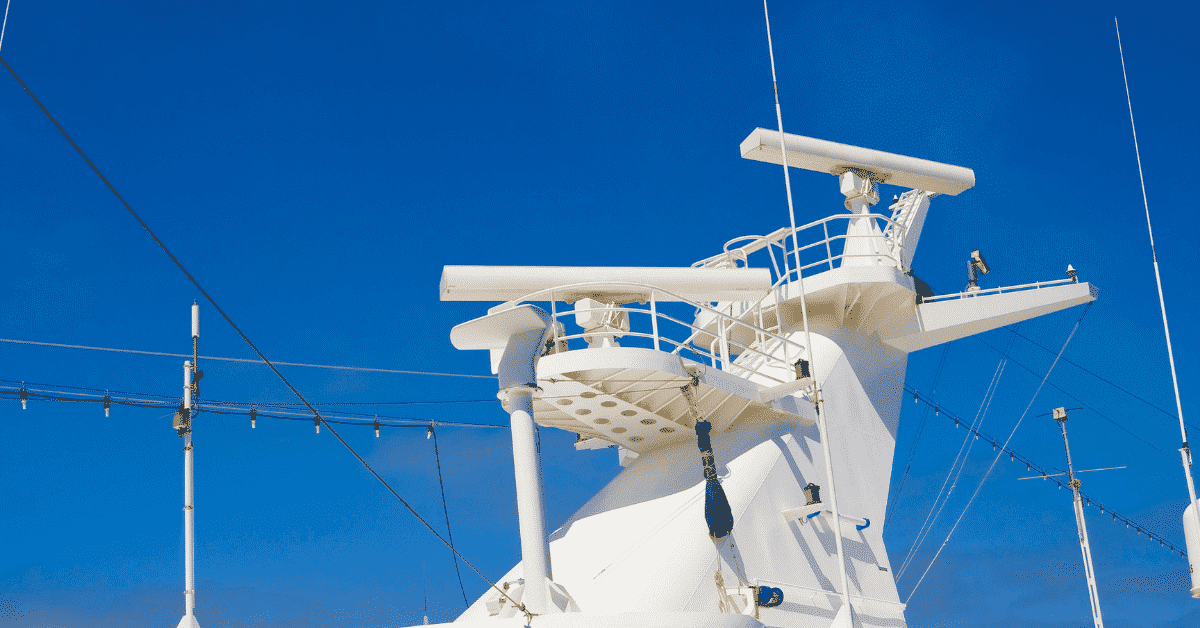
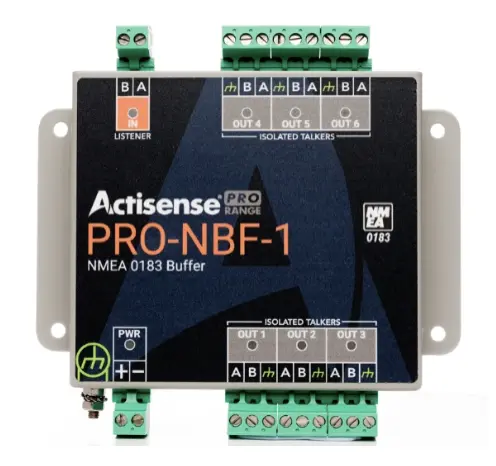

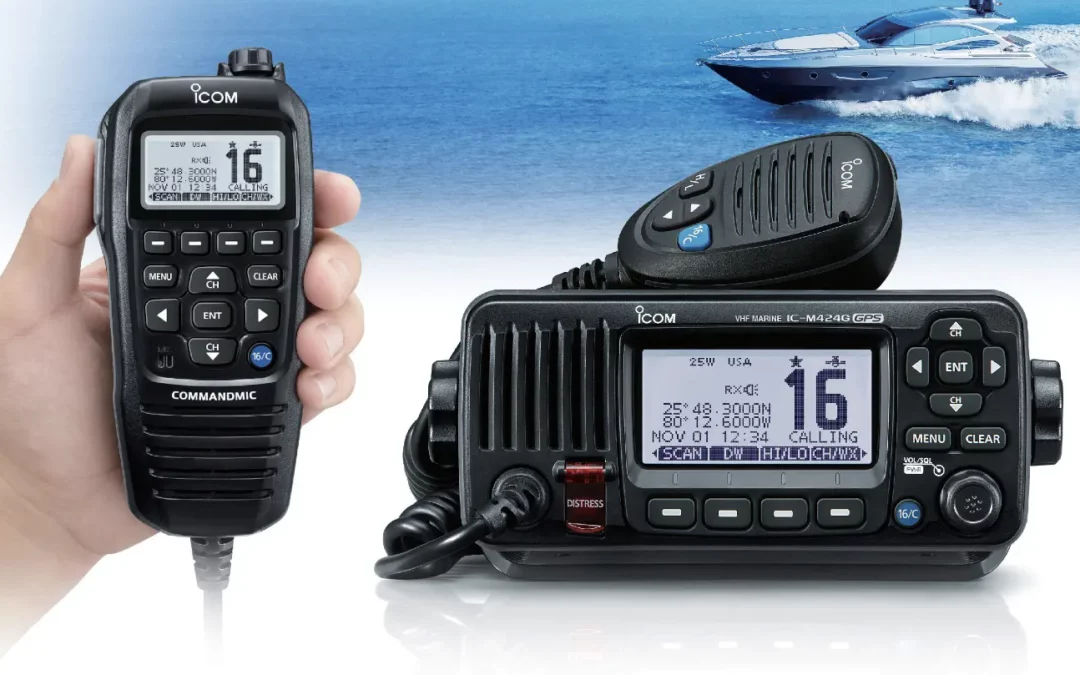
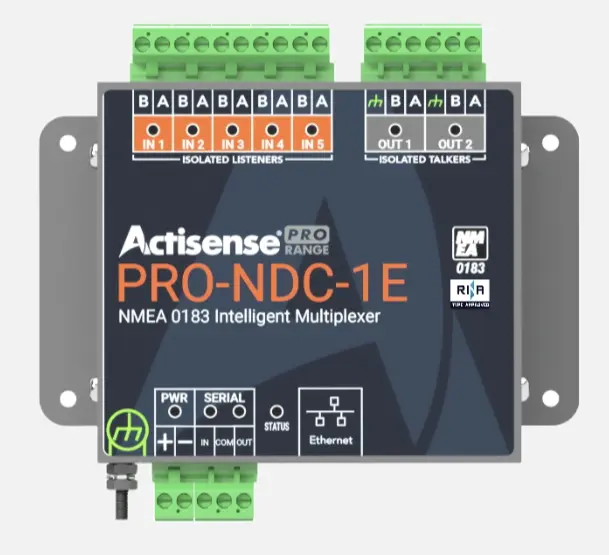

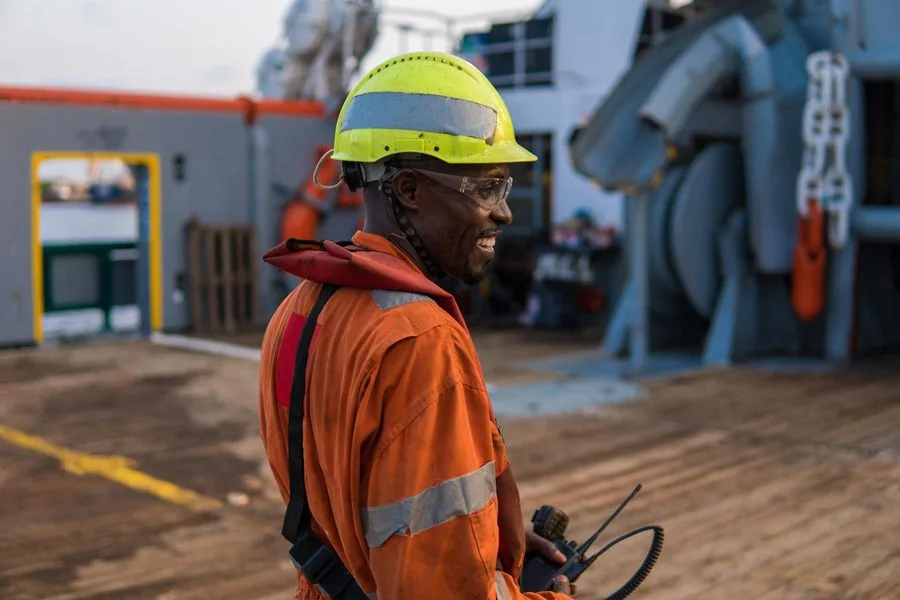
0 Comments